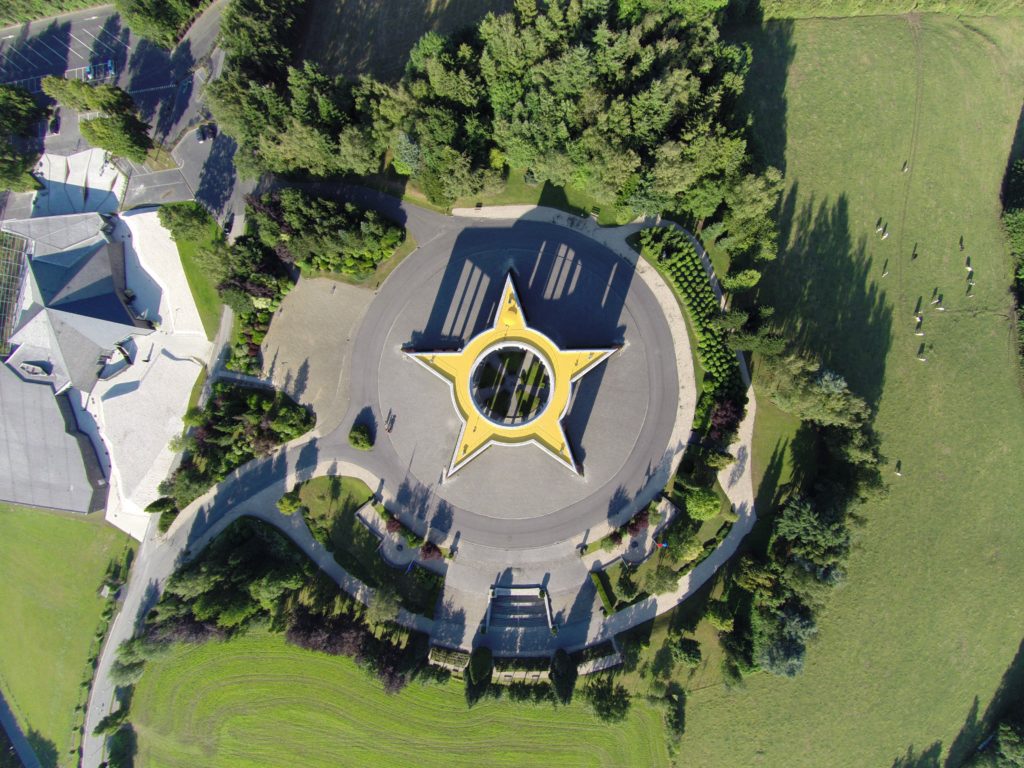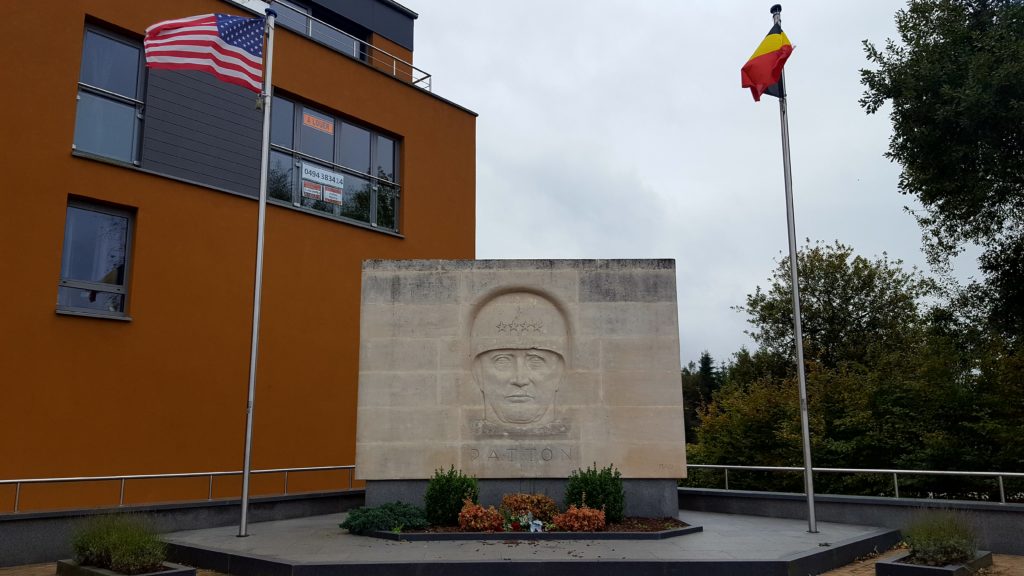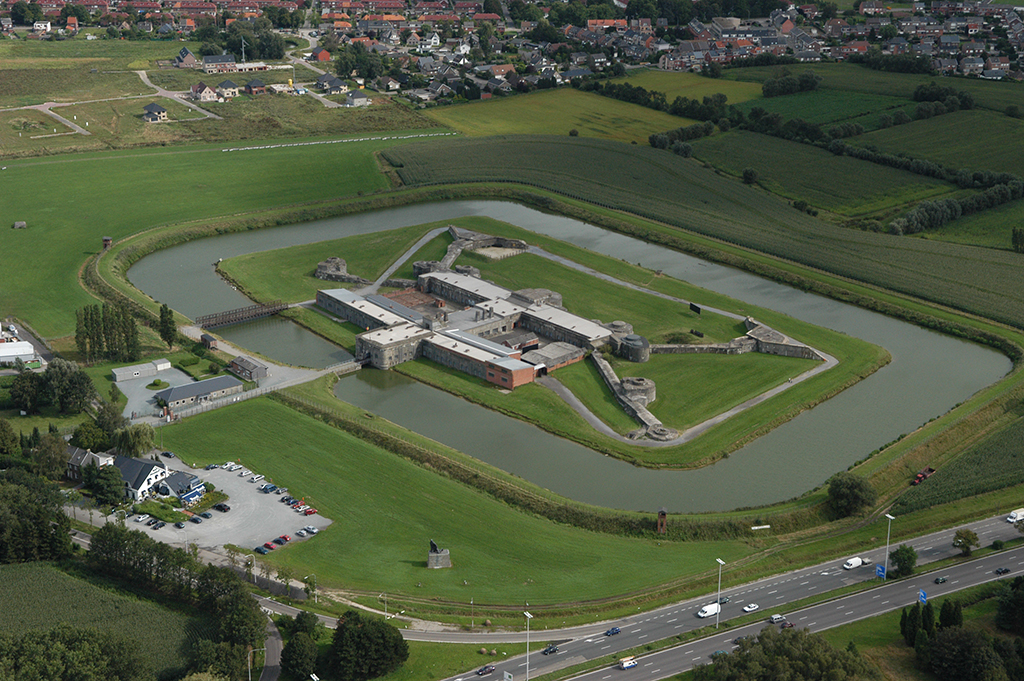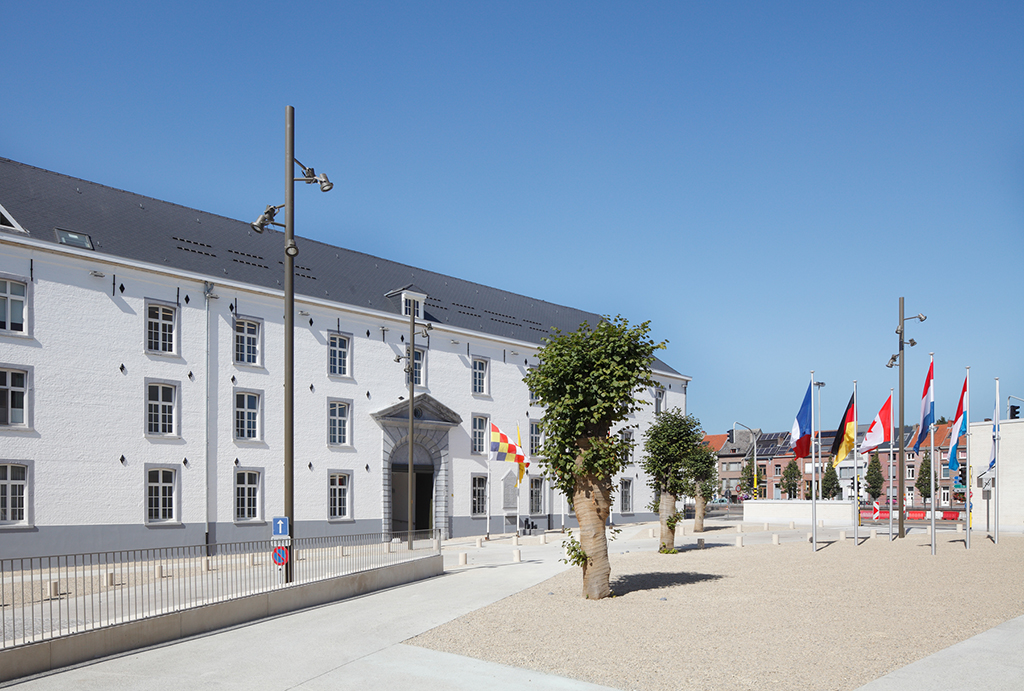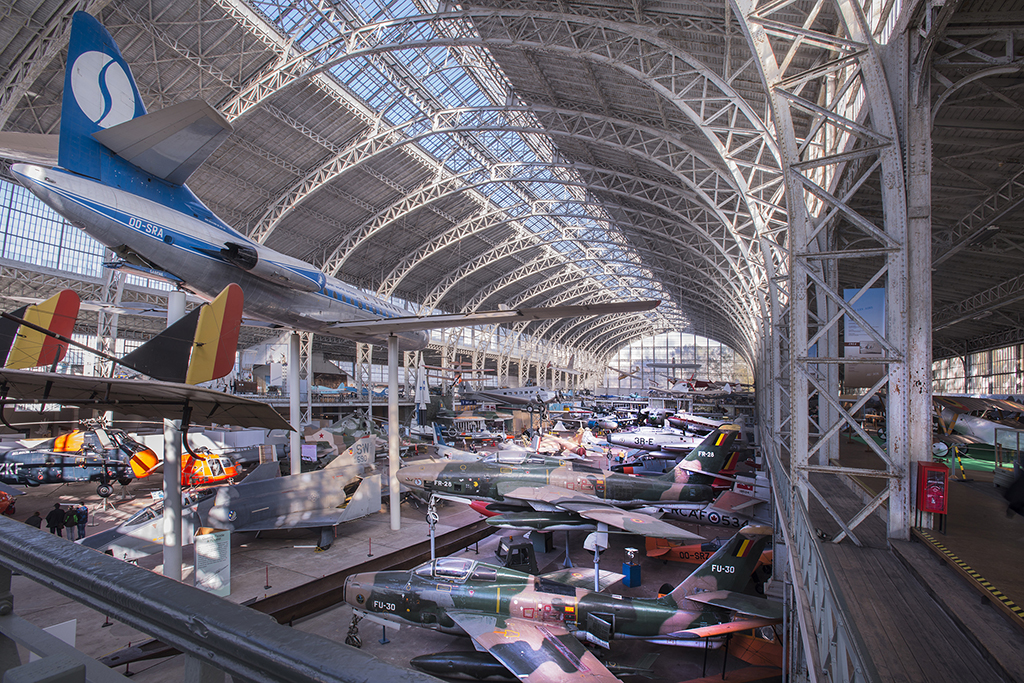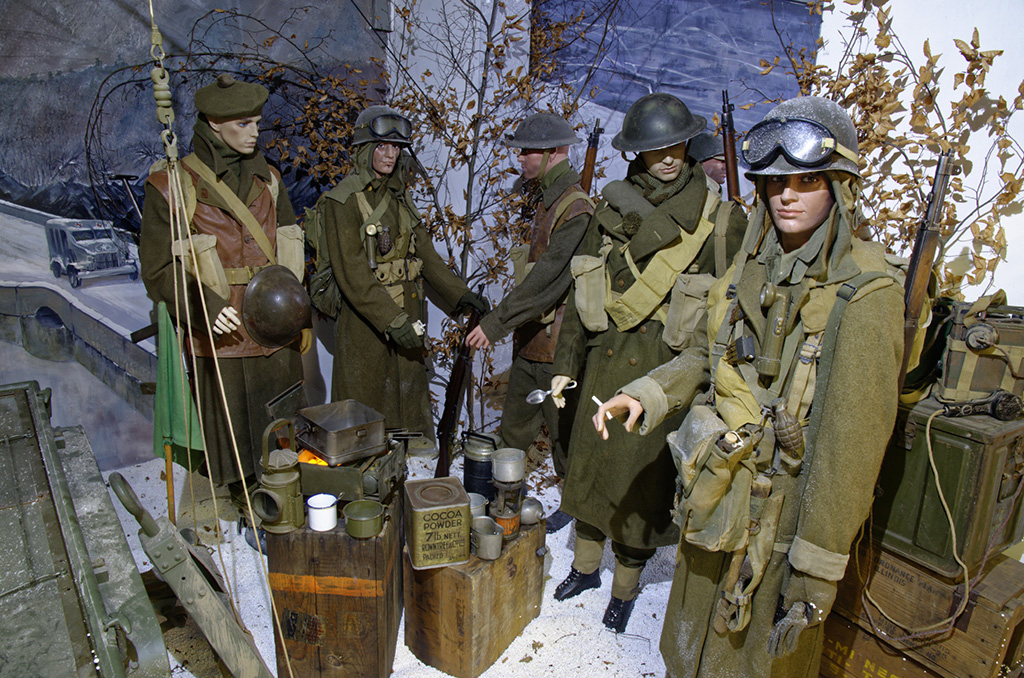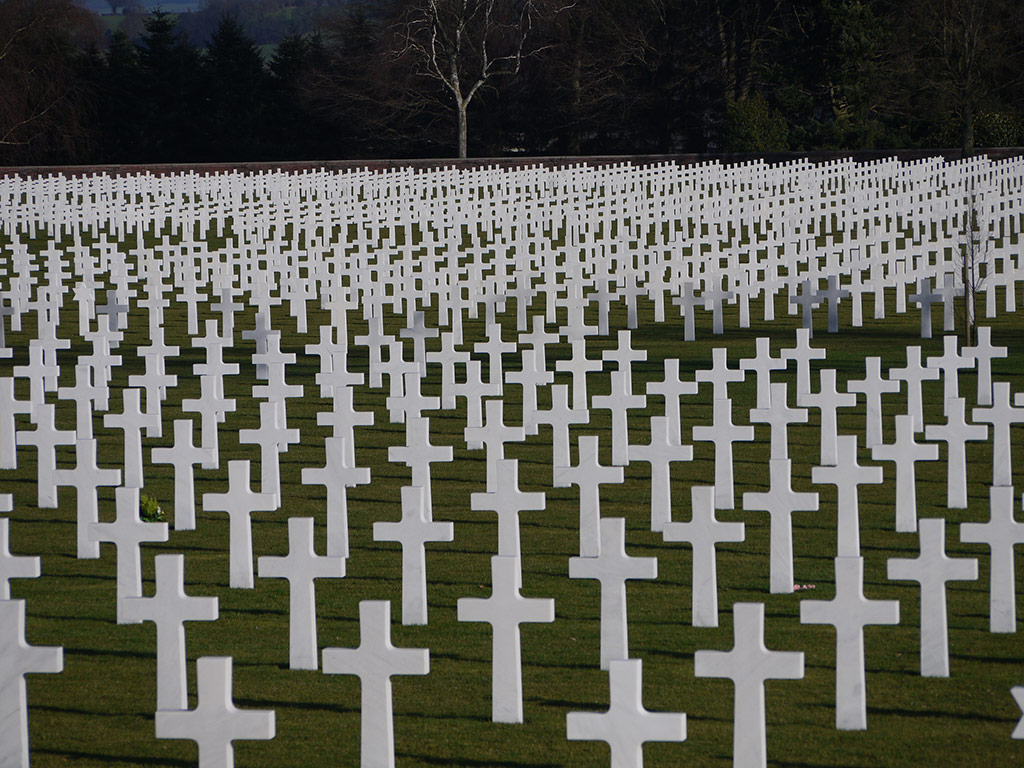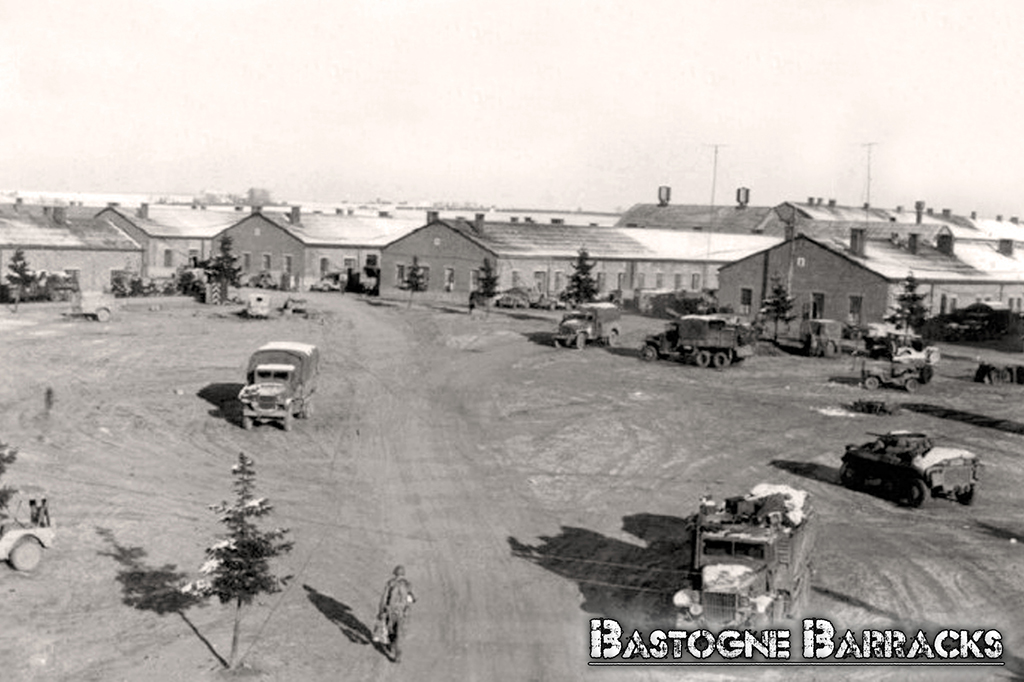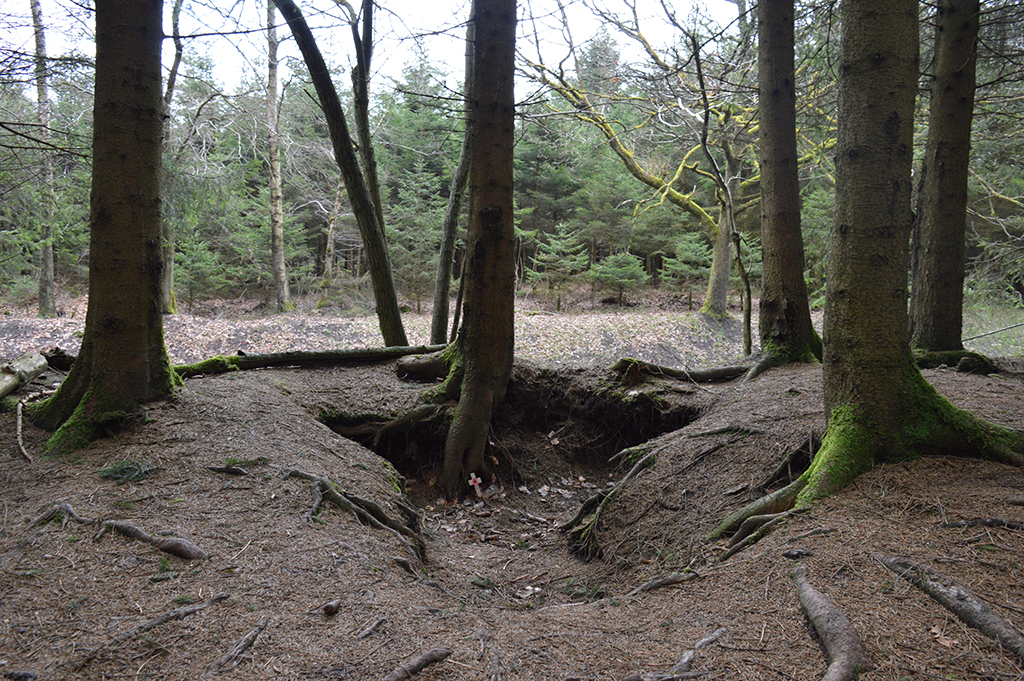
Rough Guides: Travel the Liberation Route Europe is a travel guide dedicated to remembrance sites and itineraries all over Europe.
Order your Rough Guides now!The Battle of the Bulge (16 December 1944 – 25 January 1945) was a major German offensive campaign launched through the densely forested Ardennes region of Wallonia in Belgium, France, and Luxembourg on the Western Front toward the end of WWII. The surprise attack caught the Allied forces completely off guard. US forces bore the brunt of the attack and incurred their highest casualties for any operation during the war. At the end of December 1944, the Allies, reinforced by Patton’s army and the 30th British Corps under Montgomery, launched their counter-offensive and gradually pushed back the German armies. By the end of January 1945, the Germans had retreated behind the Siegfried Line.
Arrival to Brussels.
Day 2Explore the region of Brussels and its many museums and historic sites. Start with a visit to the Royal Museum of Army and Military History. Experience the European Parliament and its Visitors’ Centre in Brussels, and discover in a refreshingly new way more about the institution and the journey of European integration. Stroll through la Grande Place.
Day 3Travel to the Ardennes region and Bastogne, where the Battle of the Bulge took place. On the way, stop and visit Henri-Chapelle American Cemetery and Memorial. Upon arrival to Bastogne, visit the Mardasson Monument and the new Bastogne War Museum, which retraces the course of this significant battle of WWII. Overnight in Bastogne.
Day 4Explore war sites in the Bastogne area such as the Nuts Cave, the Patton Monument, the foxholes of the Bois Jacques and the town of Foy. Visit the Bastogne Barracks and the Museum of the Battle of the Bulge in La Roche. Then drive back to Brussels. Overnight stay in Brussels.
Day 5Drive a short distance north of Brussels to visit the Fort of Breendonk in Willebroek. Breendonk was a former concentration camp which is now a memorial reaching out to those who fought for freedom, stood up to oppression or suffered as victims of the war. Then head towards Mechelen to visit Kazerne Dossin, which the Nazis also used as a transit camp from 1942 and 1944, and from where 26,000 Jews and Romanians were deported to Auschwitz-Birkenau.
Day 6End of tour.

